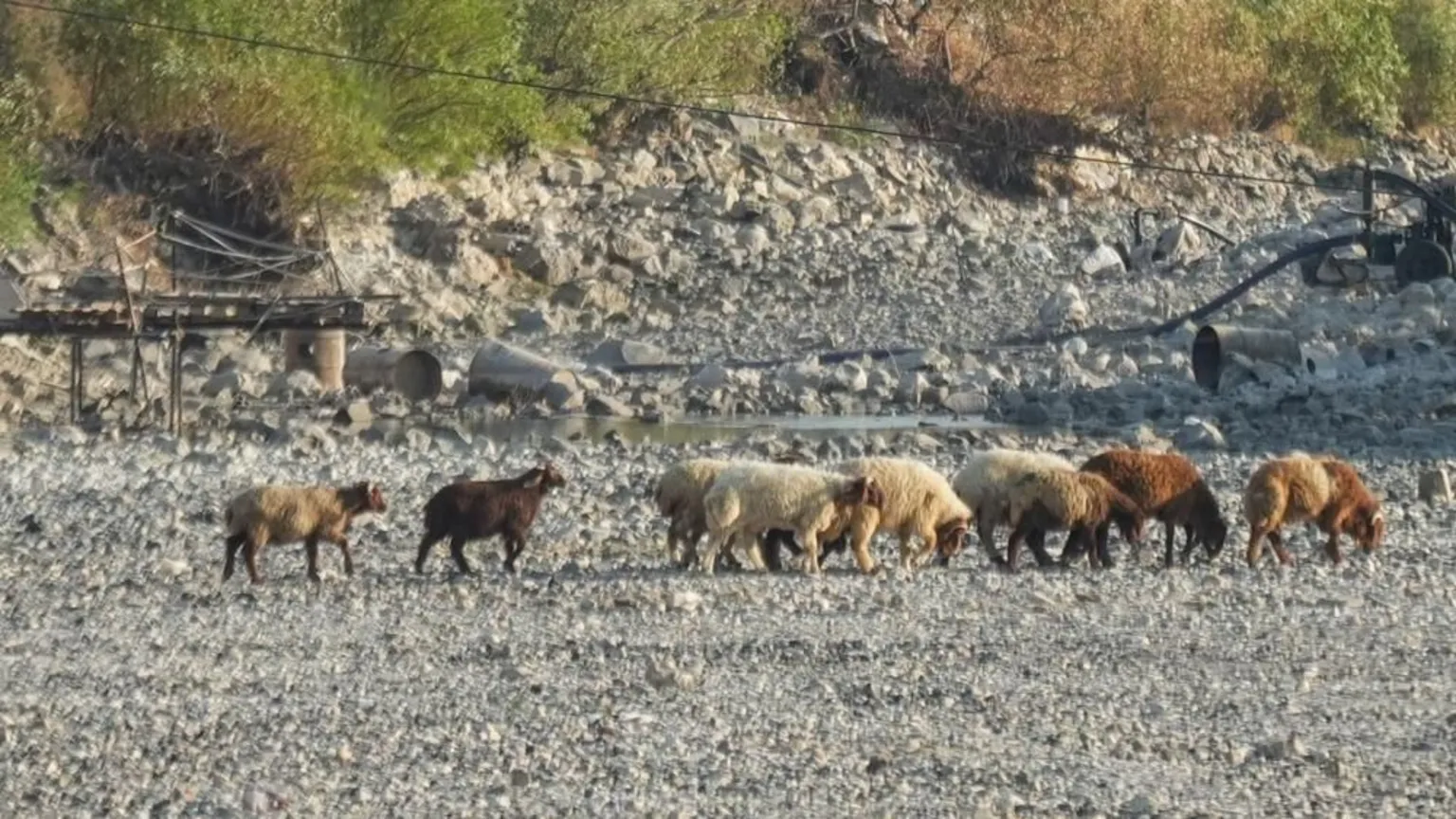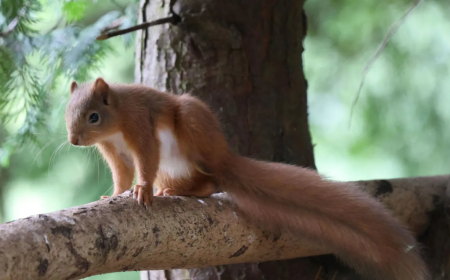‘Silent guardians’ of the fields: What to know about Asian barn owls that are helping Malaysian farms fight rat infestations for less

GEORGE TOWN, May 21 — The Asian barn owls, natives of Malaysia, are known as “silent guardians” — whose voracious appetite for rats protects valuable crops on local farms.
Since 2014, the Barn Owl and Rodent Research Group (Borg) from Universiti Sains Malaysia (USM) has been encouraging the conservation of barn owls and introducing the species to padi farms and oil palm plantations as natural pest control agents.
Borg, spearheaded by Associate Professor in Pest Management Hasber Salim, has successfully introduced thousands of artificial nest boxes to attract barn owls to oil palm plantations and farms nationwide since then.
Recently, 20 artificial nest boxes were installed in padi farms in Kepala Batas to reduce pesticide costs and increase yield — a collaborative effort by Borg, Padiberas Nasional Berhad (Bernas), Global Giving Grant and Corteva Agriscience.
But what do you actually know about this local species?
Here are some facts about the barn owls:
- Its scientific name is tyto alba javanica and it is also known as burung hantu pungguk jelapang.
- It is nocturnal.
- It has large and sensitive eyes with a heart-shaped face and has extremely sensitive hearing.
- It is considered medium-sized, with an adult weighing about 500grams, and has a large wing span along with soft feathers which help it fly quietly.
- Its neck is flexible, allowing it to turn 270 degrees to spot its prey.
- It has long toes, sharp talons and powerful feet to catch its prey.
- It cannot build its own nests so it often seeks ready-made homes such as roof tops, hollows in trees and special-made artificial nest boxes.
- Its diet consists of 99 per cent rats, it occasionally eats grasshoppers and termites.
- It is fully carnivorous and a predator.
- It does not hoot, but makes screeching or hissing noises instead.
- It has an average lifespan of about five years in the wild but could live up to 20 years in captivity.
- It is protected in Malaysia under the Wildlife Conservation Act 2010, Act 716 Section 68 (1).
- A pair of barn owls and their nestling consume up to 3,000 rodents a year.
- It eats its prey whole, swallowing the whole rat, and regurgitating the undigested bones and fur as pellets.
- It breeds throughout the year with peak season between June and September.
- The clutch size of their eggs is between four to 12, depending on availability of food.
- The incubation period of its eggs is about 32 days with young birds fledge at eight or nine weeks.
- Its biggest threats are secondary poisoning from ingesting poisoned rats and the illegal wildlife trade.
- It is monogamous and pairs for life.
- While it is tolerant of human activity nearby, bright lights from vehicles can impair its sight due to its sensitive eyes.
[Source: Malay Mail]












































